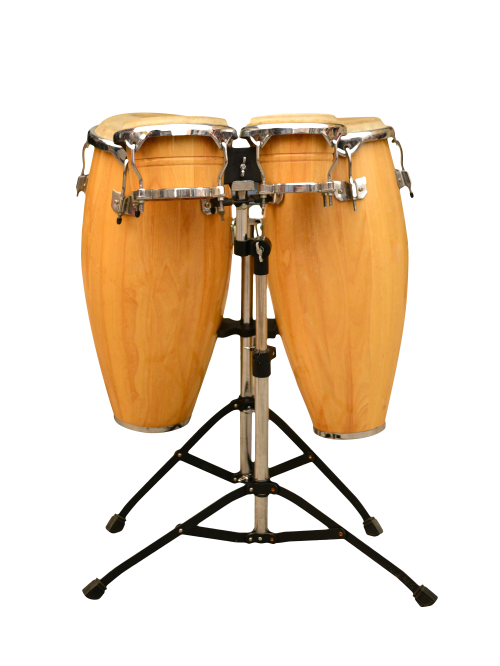SALSA – MUSICALITY
When you’re into Latin dances, especially Salsa, the most important thing is to have fun. On the other hand, it is better to understand and know the technicalities of Salsa, as they are useful in developing your instinct for the dance. From that knowledge and deeper understanding, you will start to develop the “feel” – the correct timing that will instinctively guide you to find the proper tempo for the music. This is what musicality is all about. It is how you match the form and movement to the rhythm, mood and melody of the music, which is expressed in different ways.
Feeling the Music
Timing has two parts. The first one is the static metronome beat. It flows through the whole song and it’s the one that tells your feet how to move. The other part of timing is called the tempo. This is the part that needs closer attention. The tempo times the length of each dance step. It is the one that dictates the duration of a pause and tells you how fast you should spin or turn. It directs you on what move you’re to do and when to do it. Developing a deeper understanding of the tempo will help you dance Salsa better.
Salsa is one of the Latin street dances that allow you to be a very good dancer. Almost all Salsa music starts with a “Bolero” or “Son” melody before it breaks into a faster tempo (common in Salsa music). You will find Salsa music that alternates between the faster beats of Salsa and the slower beats of Mambo and at times, even interspersed with Cha Cha Cha.
Why are they called Latin street dances?
Most Latin dances are dances that are made up without any formality. Early groups of dancers improvised the steps and the methods in order for them to match the music. More than 60 years ago, dancers started to develop the Rumba. When they added speed to it, Rumba evolved into Mambo. The much faster music that followed led to the development of Salsa. In these dances, there was no change in timing. It has always been quick, quick then slow – the basic metronome beat. It is the tempo that differentiates these dances. You can say that Rumba is like poetry while Mambo is more staccato. Salsa on the other hand is about fun – it’s about abandoning yourself to the music’s infectious rhythm.
You might think that taking formal lessons in Salsa where timing is instilled in the dancers can be complicated. It you listen carefully, the timing is basic – quick-quick-slow. Let the music tell you what to do, so follow it. Dance, in reality, is about listening to the music and following its rhythm.

Easier said than done?
Following the rhythm sounds easy, but it can be challenging for most beginners. You might find it difficult to move in tune with the music’s rhythm at the same time executing the dance movements. But this is something that Salsa dance learners must go through before moving on to those fancy, smooth and hip-swaying moves. Mastery of the timing and keeping with the tempo will make you a better Salsa dancer, one that moves with confidence because you understand the music. When you have mastered the technique, you’ll be able to sincerely interpret the music and fully enjoy the dance.
Salsa Music Timing
Music is either fast or slow, thus you already know that there is a concept of speed in relation to music. The simplest way to remember this is to think of a clock that beats regularly, which is akin to musical rhythm’s basic units. If you clap in time to the music, you are counting the beat. The speed of the music is determined by the number of beats per minute, and the formal term for this is “tempo.”
It is only by constant listening to the music and regular practice that you will learn the difference between the beats in the two measures. Listen carefully and you will be able to identify them. You’ll be able to dance according to the music by then, which is the proper way to develop your musicality.
The unit of time in music is called a “bar” and in the context of Salsa, each bar has 4 beats. In Salsa, a phrase consists of 2 bars, thus you have 8 beats. The different elements of the song are repeated after 8 beats and Salsa dancers repeat the movements every 8 beats as well.

Continuous listening to various types of Salsa music will help you differentiate the counts and tempo as well as the accents (breaks). When you’ve developed your musicality, you’ll be able to do something more with these breaks, which are very important to Salsa music.
Overall, musicality is how you respond or dance to the music. It’s how you connect to the rhythmical structure of the song, its accents, the tempo and the strong and weak beats. So listen to the music, “feel” it and interpret it.

